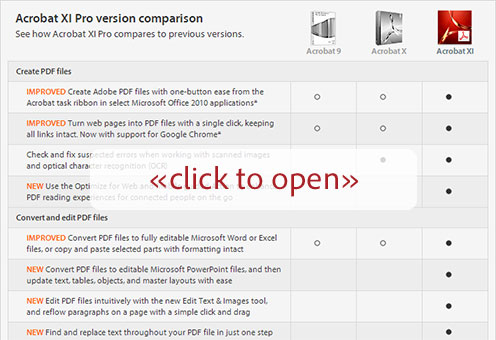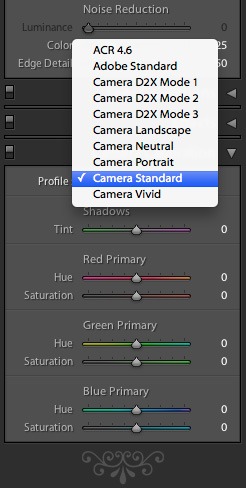Camera Standard Vs Adobe Standard
Prefs-1.jpg' alt='Camera Standard Vs Adobe Standard' title='Camera Standard Vs Adobe Standard' />Nikon D850 vs Canon 5D Mark IV. Nikon d850 camera features 47 Megapixel resolution Whereas the Canon 5D Mark 4 camera features at 30 MP sensor. Most importantly you. It looks like its not only the Google Pixel which may be suffering from a few camerarelated teething problems. According to a report today in. Studio shot comparison. Our comparison tool allows you to compare our standard test scene at a variety of camera settings. First select a primary camera from the. Digital camera WikipediaDigicam redirects here. For the military camouflage method using micropatterns, see Digital camouflage. FileUpload/31/8721bb3b8afd28007c102fdedc6002.jpg' alt='Camera Standard Vs Adobe Standard' title='Camera Standard Vs Adobe Standard' />

